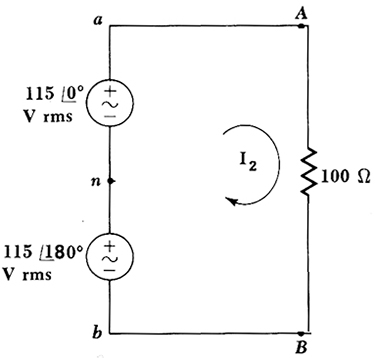
Originally Posted by
Glenn Roberts

Mike, I am just loving this thread. Here in Australia we use 50hz 240/415V. Where houses are generally wired in single phase, eg: one phase and neutral ( MEN Earthing). As you go down the street alternating houses use a different phase to balance the load etc.
Some houses (where their maximum demand dictates or large loads, ducted air con etc) are wired for either 2 phases or 3 phases.
For all too long I have been totally confused at your system when I see your equipment rated at either 110 or 220 etc. ( motors etc)
NOW I KNOW. THANKS!!!
How do you guys run large motors etc in a domestic situation? the current must be enormous.
Here we generally only run up to 3hp motors on single phase and then go 3 phase. Hence the potential problem for people wanting to run large dust extraction etc if they only have single phase ( 240v)
You're really fortunate to be able to get three phase in a residential environment - I wish we could do so here in the US.
Load balancing across phases is done here in a more gross basis. In many cases, a whole neighborhood is supplied by one phase - that is, only one phase is brought into the neighborhood at high voltage. Then step down transformers are used to bring the voltage down to 240V center tapped, and each transformer supplies a few homes.
Of course, really big motors are not used in a residential environment. About the biggest I can think of might be a 5HP motor on a table saw, and yes, they do take a fair amount of current at 240V.
But there's a good reason why the US system is designed the way it is, and that reason is safety. In a residential setting, the highest voltage to ground is 120V. The only way you can receive a 240V shock is to put yourself across both wires of a 240V outlet. And while a 120V shock is dangerous, it's not nearly as bad as a 240V shock.
I haven't traveled in Australia, but in England they have (maybe "had" since I haven't been there in a while) some "unusual" code restrictions because of the 240V to ground system. For example, the switches for lights in a bathroom had to be outside the bathroom (I suppose so that you wouldn't be standing in water when you turn the light on or off).
Sidebar: I can imagine how that worked with kids, when one would turn the lights off while the other was taking a bath.
There are multiple ways to do power distribution and each has it's advantages and disadvantages.
One more sidenote: here in the US, people sometime ask for three phase in a residential setting. Most of the time the answer is simply "It's not available." But you can see the problem. Three phase is often not brought into residential areas. To supply it the power company would have to run additional wires, and of course, three transformers (or a special three phase transformer) would be needed to bring it into the premises.
Mike
Go into the world and do well. But more importantly, go into the world and do good.






 Reply With Quote
Reply With Quote




